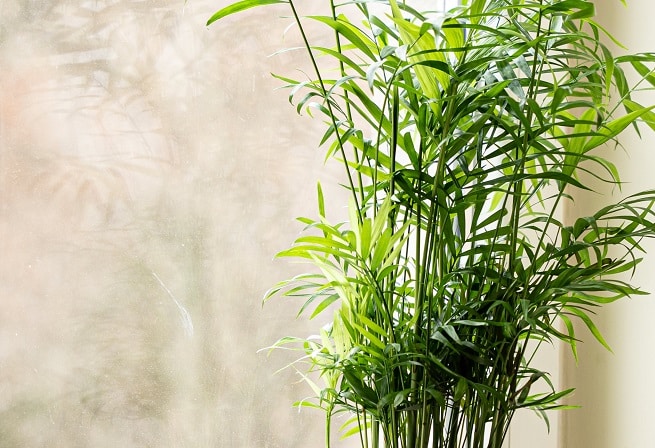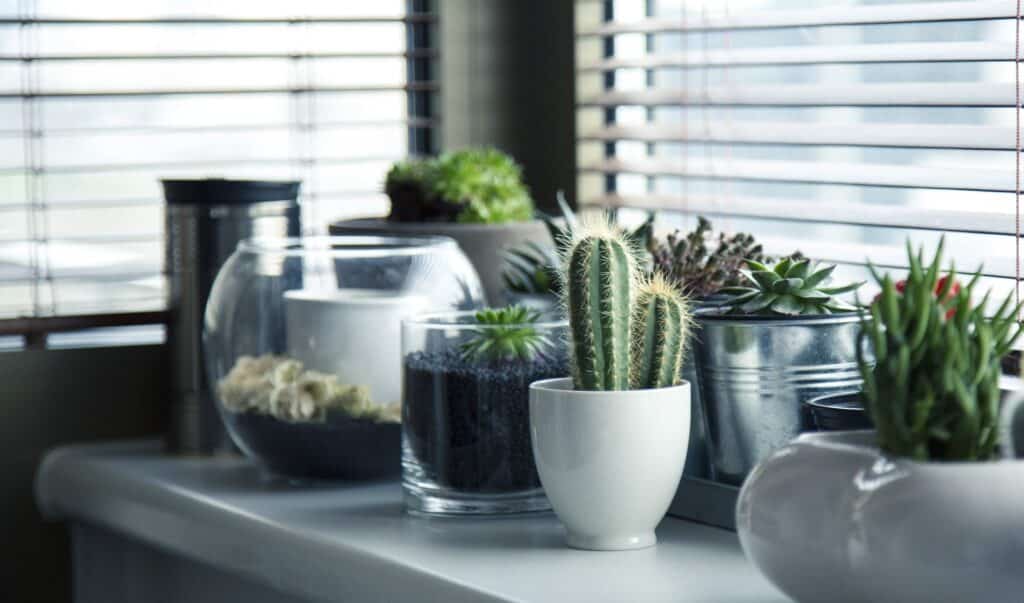Discover expert tips and creative ideas for enhancing your indoor space with beautiful plants. Learn how to make indoor plants look good through strategic placement, varied plant selection, stylish containers, and more.
You love having indoor plants brightening up your living space, but sometimes they can be a bit tricky to maintain. Well, worry no more! In this article, you will discover 10 simple and effective tips to make your indoor plants look absolutely stunning. From finding the perfect spot for optimal sunlight to avoiding overwatering, these tips will ensure that your indoor plants thrive and become the envy of all your friends. So, get ready to transform your indoor jungle with how to make indoor plants look good and stunning oasis with these easy-to-follow guidelines.
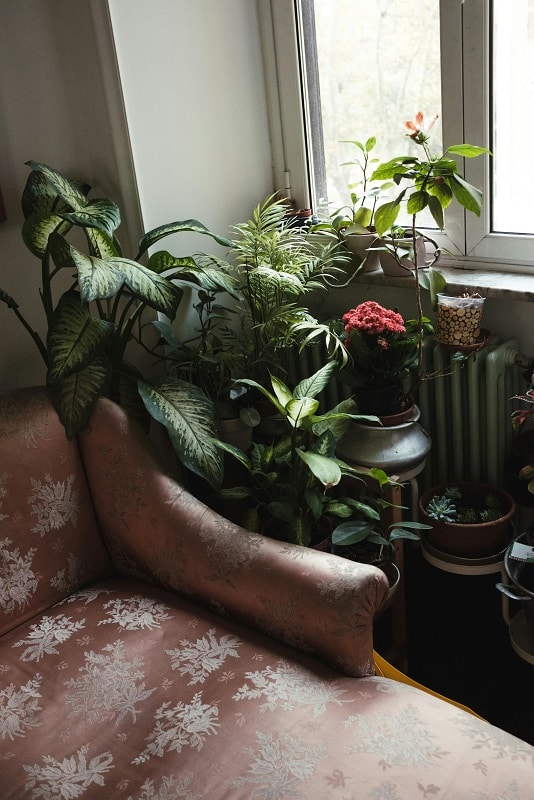
Choosing the Right Plants
Understand Your Space
When choosing indoor plants, it’s important to understand the space you have available. Consider the size of your room and the amount of sunlight it receives. Some plants require bright, direct light, while others can thrive in low-light conditions. Take note of any windows or natural light sources and choose plants accordingly.
Consider Your Lifestyle
Another important factor to consider when choosing indoor plants is your lifestyle. Are you frequently away from home or do you have a busy schedule? If so, opt for low-maintenance plants that don’t require constant attention. On the other hand, if you enjoy tending to plants and have the time to care for them, you can choose more delicate or high-maintenance varieties.
Research Plants’ Needs
Before bringing a plant into your home, take the time to research its specific needs. Each plant has different requirements when it comes to light, water, humidity, and temperature. Make sure you are familiar with these needs and choose plants that are compatible with your living environment. This will help ensure the long-term health and vitality of your indoor plants.
Positioning Your Plants
Consider Light Requirements
Proper positioning is key to maintaining healthy and thriving indoor plants. Take note of each plant’s light requirements and position them accordingly. Plants that require bright, direct sunlight should be placed closer to windows or in well-lit areas of your home. Conversely, plants that prefer low-light conditions should be positioned away from direct sunlight or in shaded corners.
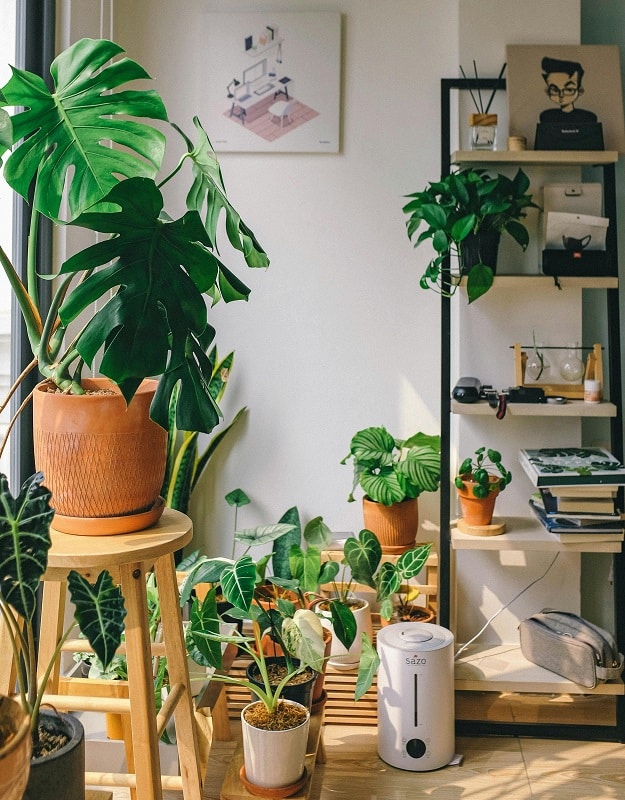
Think About Room Temperature
Just like humans, plants have different temperature preferences. Some plants thrive in warmer environments, while others prefer cooler temperatures. Take into account the average room temperature in your home and choose plants that are well-suited to those conditions. Avoid placing plants near drafty windows or areas with extreme temperature fluctuations.
Keep in Mind Humidity
Humidity levels can greatly affect the health and growth of indoor plants. Some plants thrive in high humidity, while others prefer drier conditions. Consider the overall humidity in your home and choose plants that will thrive in that environment. If needed, you can also increase humidity around your plants by using a humidifier or placing them near a tray of water.
Watering Appropriately
Know the Watering Requirements
Proper watering is crucial for the well-being of indoor plants. Different plants have different watering requirements, so it’s important to know how much and how often each plant needs to be watered. Overwatering can lead to root rot, while underwatering can cause the plant to wither and die. Do some research or consult on how to make indoor plants look good. The plant care guide to ensure you are giving your plants the right amount of water.
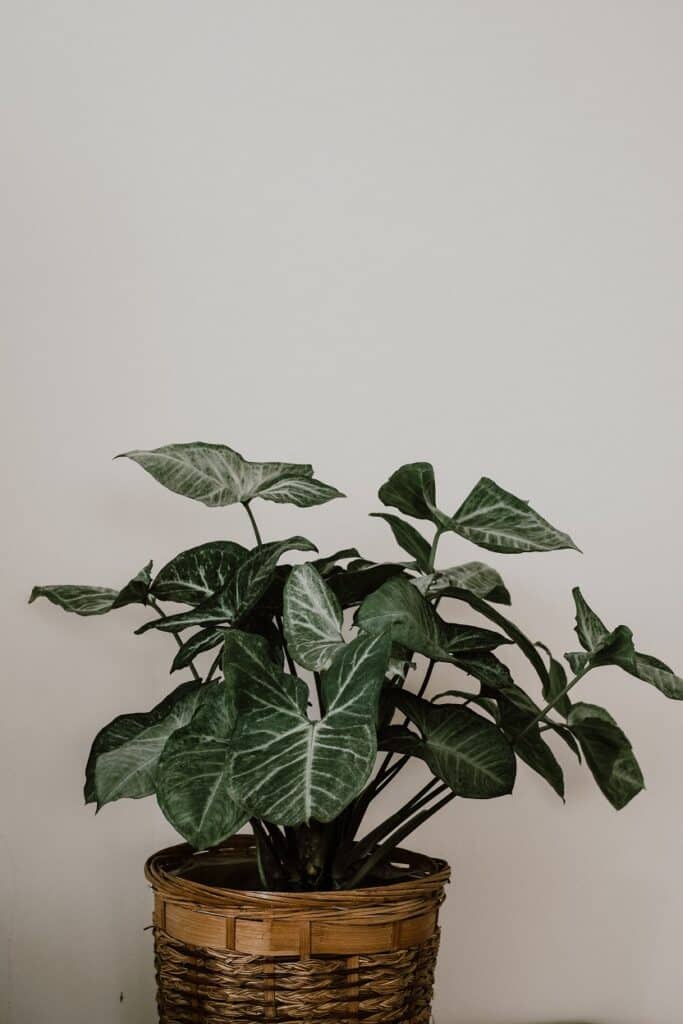
Use the Right Watering Technique
In addition to knowing how much water to give your plants, it’s important to use the right watering technique. Avoid watering the leaves or flowers directly, as this can lead to leaf spots or fungal diseases. Instead, aim to water the soil directly at the base of the plant. This allows the roots to absorb the moisture they need without risking damage to the foliage.
Avoid Overwatering
One of the most common mistakes when it comes to watering indoor plants is overwatering. Many plant owners tend to water their plants too frequently, which can drown the roots and lead to root rot. Make sure to allow the soil to dry out slightly between waterings, as most plants prefer slightly moist, but not constantly wet, soil. Use your finger to test the moisture level before giving your plants another drink.
Using the Right Pot
Choose a Pot with Drainage Holes
When selecting pots for your indoor plants, opt for those with drainage holes in the bottom. These holes allow excess water to escape, preventing the roots from becoming waterlogged. Without proper drainage, the roots can rot and the plant’s health can deteriorate. If you find a pot you love that doesn’t have drainage holes, you can always place a layer of pebbles or stones at the bottom to create a drainage layer.
Ensure the Pot Size Matches the Plant
Choosing the right pot size is essential for the health and growth of your indoor plants. If the pot is too small, the roots can become crowded and stunted, inhibiting their ability to absorb nutrients. On the other hand, if the pot is too large, the excess soil can retain moisture, leading to overwatering. Aim to choose a pot that provides enough room for the plant’s roots to grow, without being overly spacious.
Consider the Material of the Pot
In addition to size and drainage, the material of the pot can also impact the health of your indoor plants. Clay pots are porous, allowing for better airflow and moisture regulation, but they may also dry out quickly. Plastic pots, on the other hand, retain moisture better, but may not provide as much airflow. Consider the specific needs of your plants and choose pots that will best suit their requirements.
Maintaining Healthy Soil
Choose the Right Soil
Healthy soil is essential for the overall well-being of your indoor plants. When re-potting or starting new plants, make sure to choose a high-quality potting mix specifically formulated for indoor plants. These mixes are typically light and well-draining, providing good aeration and moisture retention. Avoid using garden soil, as it can be too heavy and may contain pests or diseases that can harm your indoor plants.
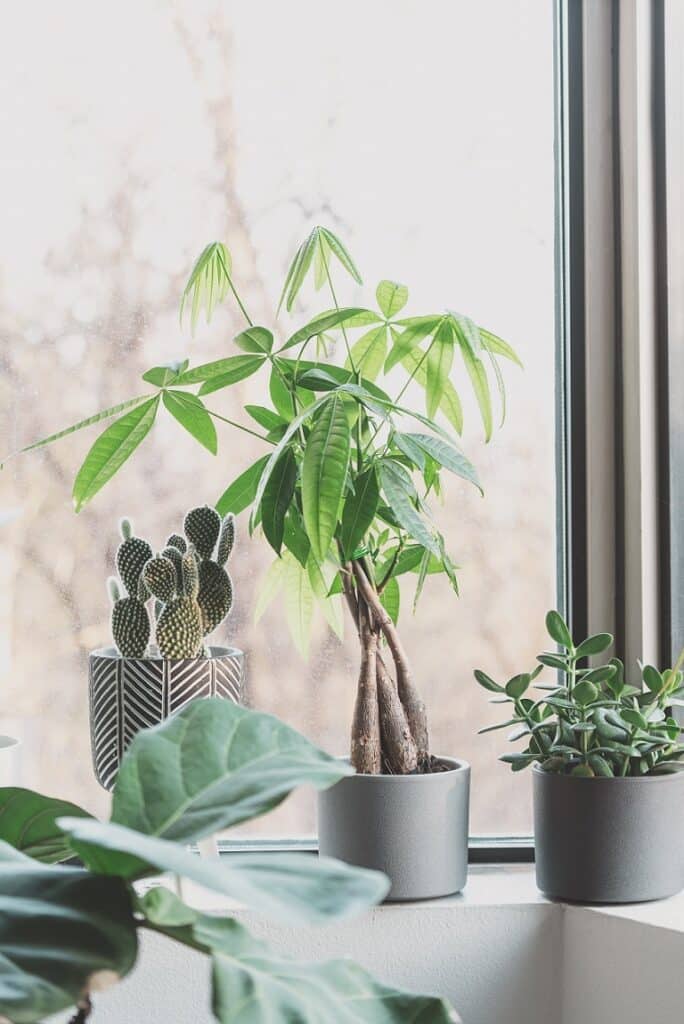
Fertilize Regularly
Regular fertilization is key to providing your indoor plants with the nutrients they need to thrive. Choose a balanced, water-soluble fertilizer and follow the instructions for application. Be careful not to over-fertilize, as this can lead to salt build-up in the soil, which can burn the roots. Fertilize your plants during their active growing season, typically in spring and summer, and reduce or cease fertilization during the cooler months.
Switch Soil if Necessary
Over time, the soil in your indoor plant pots can become depleted of nutrients and compacted. If you notice your plants struggling to thrive or if the soil seems dense and waterlogged, it may be time to switch out the soil. Gently remove the plant from its pot, shake off the old soil, and replace it with fresh potting mix. This will provide your plants with a renewed source of nutrients and better drainage.
Pruning and Trimming
Remove Dying Leaves
Regularly inspect your indoor plants for any dying or yellowing leaves. These leaves are no longer contributing to the plant’s growth and can sap energy and nutrients from the healthy parts. Use clean, sharp scissors or pruning shears to carefully remove these dying leaves. This will not only improve the appearance of your plants but also promote overall plant health and prevent the spread of diseases.
Prune to Promote Growth
Pruning is an important technique to promote healthy growth and shape your indoor plants. Prune back any leggy or overgrown branches to encourage branching and bushier growth. You can also trim back any dead or weak branches to redirect the plant’s energy to healthier areas. Make sure to use clean, sterilized tools to avoid spreading diseases or pests.
Trim to Maintain Shape
If you have indoor plants with specific shapes or arrangements, regular trimming is necessary to maintain their desired form. Trim back any excessive growth or straggly branches to keep the plant looking neat and tidy. Some plants, like topiaries or bonsai, require more frequent trimming to maintain their intricate shapes. Use the appropriate tools and take your time to achieve the desired results.
Keep off Pests
Monitor for Pests
Pests can wreak havoc on your indoor plants if not addressed promptly. How to make indoor plants look good? Regularly inspect your plants for any signs of pests, such as webs, chewed leaves, or tiny insects. Pay close attention to the undersides of leaves and the soil surface, as these are common hiding spots for pests. Early detection is key to preventing pest infestations from spreading and causing damage to your plants.
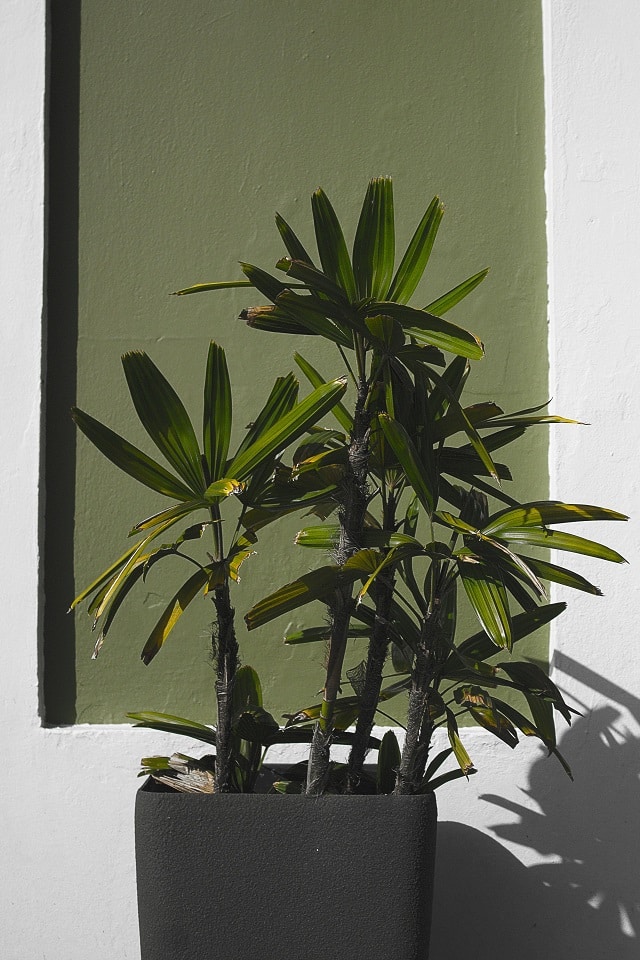
Use Natural Pest Control Methods
When it comes to dealing with pests, it’s best to opt for natural and non-toxic methods. There are various natural pest control methods you can use, such as spraying the plants with a mixture of water and mild soap or using insecticidal soaps or oils. You can also introduce beneficial insects, such as ladybugs or lacewings, which feed on common pests like aphids or spider mites.
Never Ignore Signs of Pests
It’s important to never ignore signs of pests on your indoor plants. Pests can multiply rapidly and cause irreparable damage if left unchecked. Act quickly to address any pest issues and implement appropriate pest control measures. This will help protect the health and longevity of your indoor plants, ensuring they continue to look stunning.
Consider a Terrarium or Container Garden
Choose Suitable Plants for a Terrarium
Terrariums and container gardens are a great way to create small, self-contained ecosystems indoors. When selecting plants for a terrarium, choose varieties that thrive in high humidity and low-light conditions. Mosses, ferns, and small tropical plants are great choices for terrariums. Make sure the plants you choose have similar care requirements to ensure they thrive in the enclosed environment.
Design a Beautiful Container Garden
Container gardens allow you to showcase your creativity and design skills. Choose a variety of plants with different colors, textures, and sizes to create visual interest. Consider using trailing plants to add vertical elements and cascading foliage. Use pots of varying heights and styles to create a visually appealing arrangement. Don’t be afraid to experiment and have fun with your container garden design!
Maintain Your Mini Garden Display
Just like traditional indoor plants, terrariums and container gardens require regular maintenance to stay healthy and attractive. Monitor the moisture levels and humidity inside the terrarium or containers and adjust as needed. Trim back any overgrown plants or remove any dying foliage. Regularly check for and address any pest issues. With proper care and attention, your mini garden display will continue to impress.
Create Stunning Plant Arrangements
Arrange by Sizes
When it comes to creating stunning plant arrangements, consider the sizes of your plants. Group taller plants at the back or in the center and surround them with shorter or trailing plants. This layered effect adds depth and visual interest to your arrangement. Experiment with different heights and sizes to find a composition that is aesthetically pleasing and balanced.
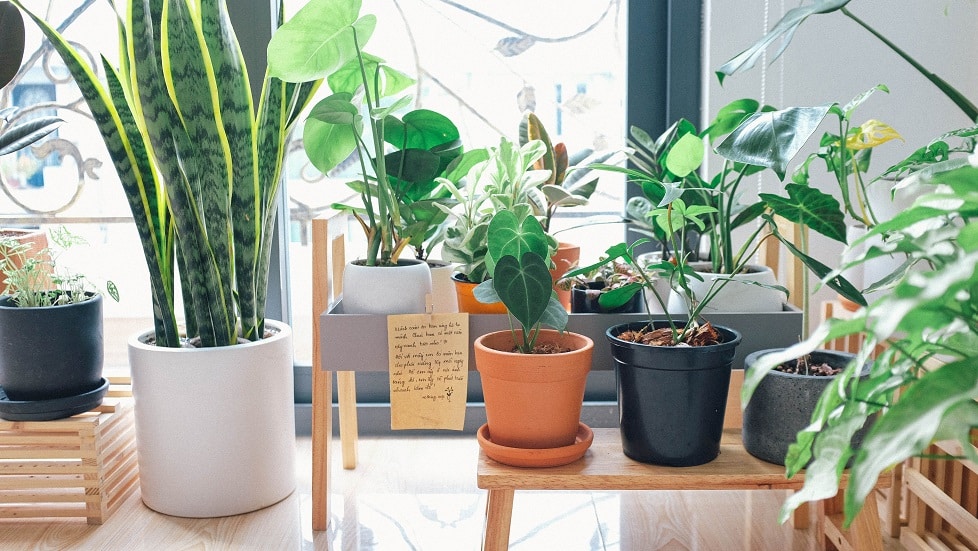
Group Plants by Needs
To ensure that each plant in your arrangement thrives, group plants with similar care requirements together. This way, you can provide them with the appropriate amount of light, water, and humidity they need. For example, group plants that prefer bright, direct sunlight in one area and those that prefer low-light conditions in another. This will help maintain the overall health and vitality of your plant arrangement.
Vary Colors and Textures
To make your plant arrangement truly stunning, incorporate a variety of colors and textures. Choose plants with different leaf colors, such as shades of green, variegated patterns, or vibrant blooms. Mix plants with smooth leaves, spiky foliage, and cascading vines to add visual interest and texture. Play around with different combinations to create a visually captivating arrangement that showcases the beauty of each individual plant.
Adding Supplemental Lighting
Identify if Your Plants Need Extra Light
In some cases, indoor plants may not receive sufficient natural light, especially in rooms with limited windows or shaded areas. If you notice your plants showing signs of weak growth or stretching towards the light source, it may be an indication that they need supplemental lighting. Assess the light conditions in your home and determine if additional artificial light is necessary for the health and vitality of your indoor plants.
Choose the Right Type of Light
When selecting supplemental lighting for your indoor plants, it’s important to choose the right type of light. LED grow lights are a popular choice as they emit the right spectrum of light for plant growth and are energy-efficient. Fluorescent lights, such as T5 or T8 tubes, can also be used to provide the necessary light for plants. Avoid using incandescent bulbs, as they generate more heat and emit less of the required light spectrum.
Position the Light Correctly
Proper positioning of supplemental lighting is essential to ensure that your indoor plants receive adequate light. Position the lights 6 to 12 inches above the top of the plants to mimic the intensity of natural sunlight. Adjust the height as needed as the plants grow. Place the lights directly above or slightly offset from the center of the plants to ensure that all parts receive equal light distribution. Monitor the plants closely and make adjustments as necessary to optimize their growth and health.
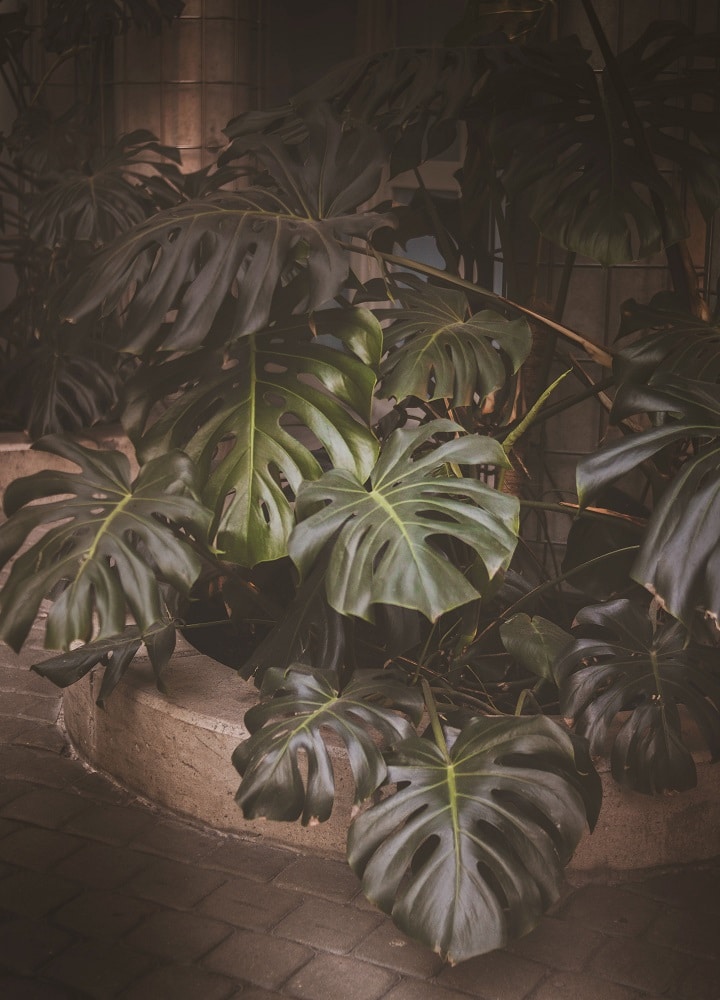
Conclusion
By following these tips and guidelines, you can make your indoor plants not only look good but thrive in your living space. Understanding the needs of your plants, providing appropriate care and attention, and incorporating aesthetically pleasing arrangements will create a stunning indoor garden that enhances the beauty of your home. Enjoy the benefits of having vibrant, healthy plants that bring life and joy to your indoor environment.

